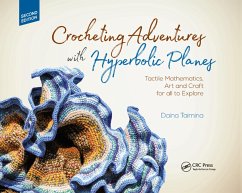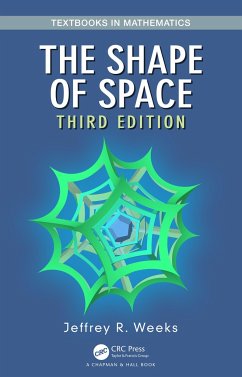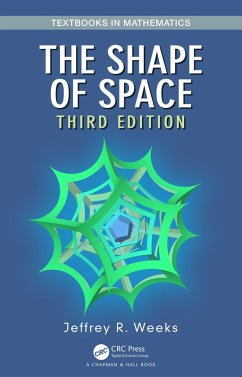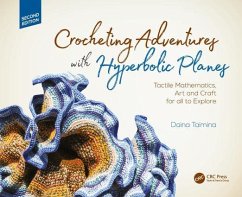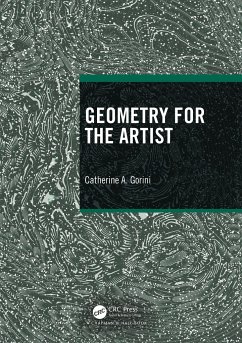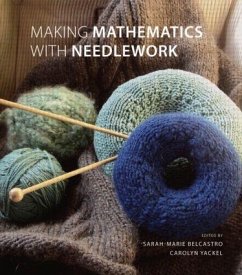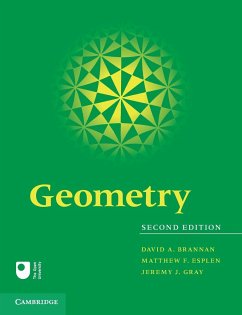
Math and Art
An Introduction to Visual Mathematics

PAYBACK Punkte
38 °P sammeln!
This introduction explores the potential of mathematics to generate visually appealing objects and reveals some of the beauty of mathematics. With color figures and animations on an accompanying downloadable resources, plus a 16-page full-color insert, it includes numerous illustrations, computer-generated graphics, photographs, and art reproductio




